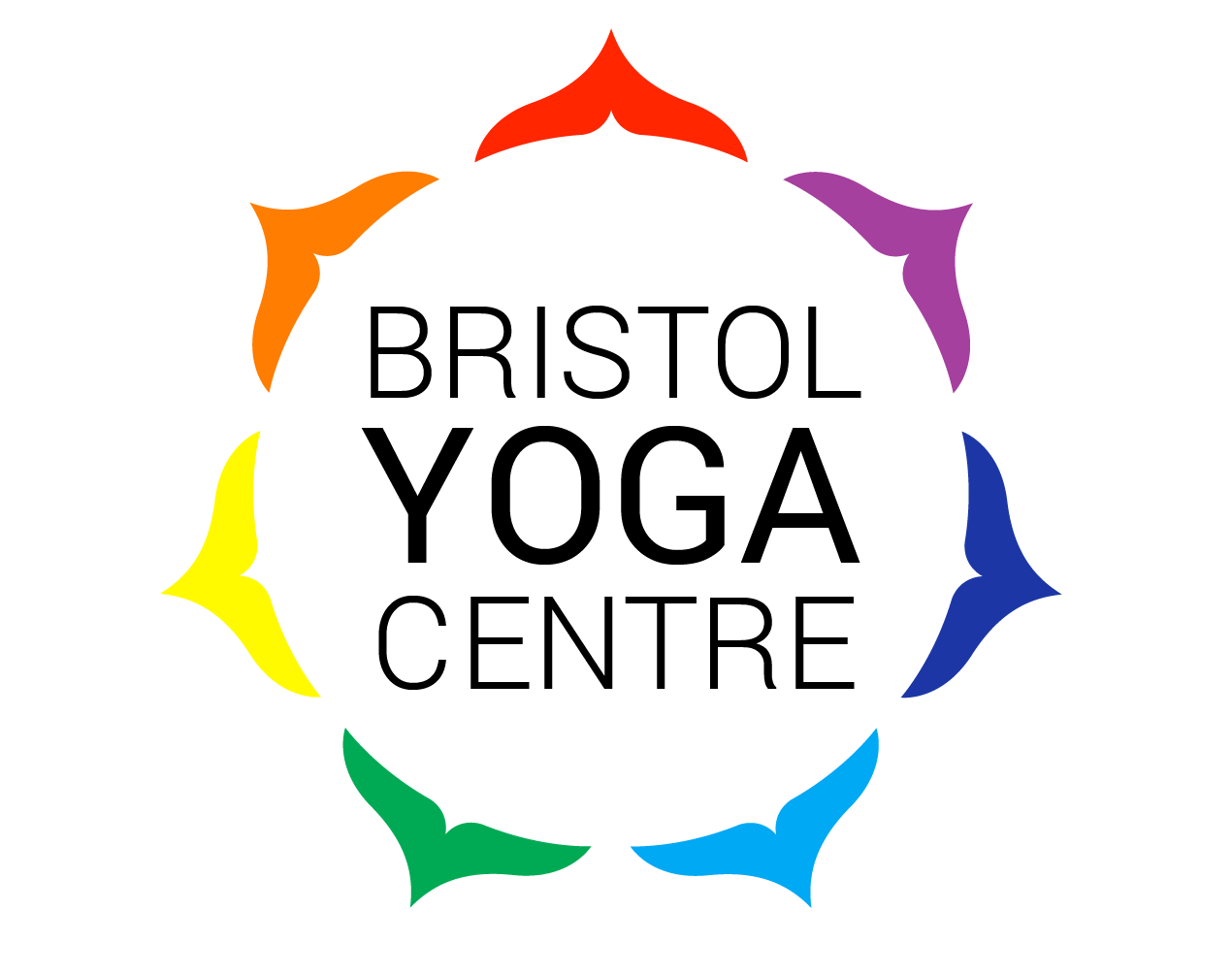‘ Each friend represents a world in us, a world possibly not born until they arrive, and it is only by this meeting that the new world is born. Human connection is the most vital aspect of our existence, without the sweet touch of another being we are lonely stars in an empty space waiting to shine gloriously’ - Anais Nin and Joe Straynge
Community means to belong, to be a member, part of the whole. Scientific researchers prove the connection with others and belonging are as imperative for one’s survival as food and shelter; they are instinctual. In fact, they are so crucial that any threat of rejection conjures reactions that are almost identical to those of actual physical pain in the body. This pain is caused by the hormonal triggering of the sympathetic system (region where flight-or-flight response takes place) and the parasympathetic nervous system known as ‘autonomic conflict.’ We all feel that as it’s part of our nature but we often fail to communicate it and express it.
Teaching my class is something I’m grateful for on a daily basis. It’s my way of helping to build a sense of community and sharing the gift of yoga and practice of connection. Holding space for people creates safe environment for practitioners where they can engage with themselves and others. Together we explore our edges and the physical and mental challenges that practice can bring to surface. We build fire, fluidity and sthira (steadiness) through asana and pranayama. We let go of ‘what was’ when we just arrived into the space. That togetherness in such intimate experience is the glue forming the connection between strangers. Most importantly, it opens and expands individual’s perceptions.
How does that happen? When we arrive in a class we see people of all backgrounds, age, race, body shapes. A big percentage of them will judge for one reason or another. We’ll completely exclude the possibility of connection or simple dialog with them based on our prejudice. (Prejudice are inaccurate judgements of situation/ person when we lack sufficient information to make an actual judgement). However, if we meet a person repeatedly we will start noticing things about him or her. Whilst practicing together, we will feel his/her presence more accurately, especially engaging in parner work (a substantial part of community classes). We will start to notice their movement, reactions and even support. We will be challenged together and even laugh together. Over time we will gradually get to know the individual and notice a shift in ourselves. The shared experiences may not make that person your best friend, but it will help you to accept them rather than rejecting them. Less rejection, less pain.
Victoria Andreeva teaches a weekly donation based community Krama Vinyasa Flow Yoga on Saturday morning from 11:30 – 12:45pm. The class is open to all levels of students and you will be encouraged to explore and gradually expand your edges in a integrated and fun manner.
We also have two other donation based community classes:


